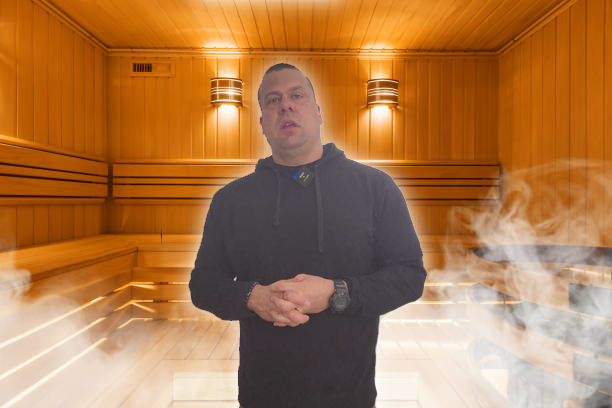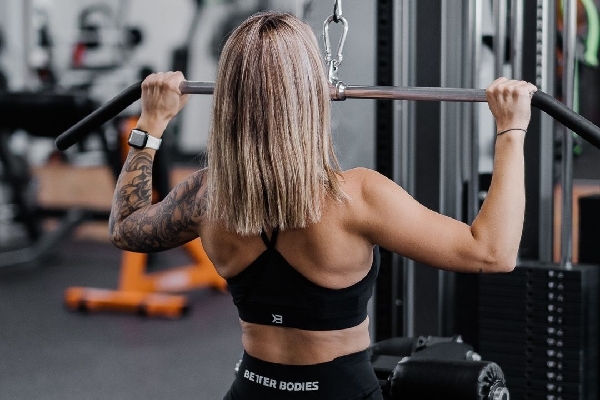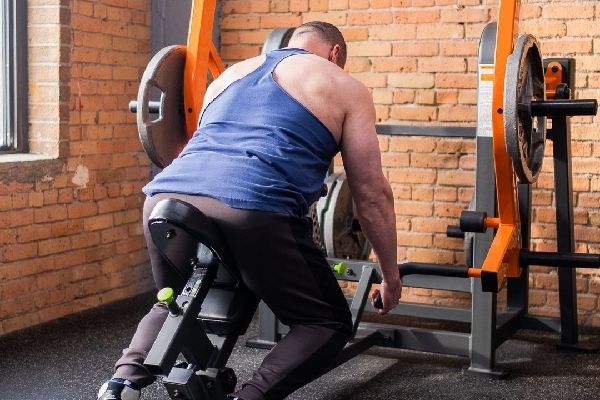Foundation Analysis: 3 Considerations when Building the Perfect Program
There are an infinite number of foundation analysis programs readily available for you out there that anyone can easily put into place for themselves. These programs may even come with guaranteed results, testimonials and proof of their effectiveness. Due to this, it’s very easy to see why so many people, who are looking to make changes to their physiques, follow along with something that may or may not work for them. When deciding upon a program to use which promises to enhance your efforts and provide you with your desired results, there are three main considerations you must take into account.
These considerations all have to do with you and are unique to who you are and once utilized to determine next steps, will yield the gains you are in search of. There is no one size fits all program when it comes to training and a quick foundation analysis of your current standing will show you a better way. Here is what you must consider when building the perfect program.
Body Type For Foundation Analysis
Your body type plays a significant role in what exercises will be best for you, how your metabolism will work, what structural supports you naturally have and how you will respond to the training and nutrition stimulus. If you’re an Endomorph, then you’re naturally big, carry a significant amount of both muscle and fat, have larger joints and can handle the bigger lifts such as the big three with ease. You will do very well with compound movements and be able to get strong very quickly. Your foundation analysis program should be based around power movements with filler exercises inserted as you will respond very well to this approach.
If you’re a mesomorph, your foundation analysis will tell you that you naturally carry a lot of fast-twitch muscle fibers, have excellent structure, can gain muscle very easily without adding unwanted body fat, are strong, have explosiveness and are considered the perfect body type for just about any athletic endeavor. Your program can include just about anything because your response to the training stimulus will be the best of the three body types. Put the same focus on lifting, cardio and eating and you will grow at a crazy rate.
Ectomorphs are the last category of foundation analysis and characteristics of ectomorphs are long bones, thin structures, very low body fat, difficulty to put on significant amounts of muscle, high metabolism which allow them to eat anything without fat gain. A program for you can include all of the same things as mentioned above but you may find that lifts such as deadlifts, squats, barbell rows and anything else that requires you to move through a plane of motion that is determined by your longer limbs, cause you unwanted discomfort and eventual pain. Your smaller joints aren’t designed to weather tremendous loads and your greater range or motion will put you at a disadvantage in power movements.
Bone Structure
This really only plays a significant role if you are going to be competitive on either the bodybuilding stage or as a strength athlete. The width of your shoulder girdle, the width of your hips, the length of your limbs and size of your rib cage all contribute to either your strengths or your weaknesses. Very few people have each of these categories perfectly balanced and if they do, are usually seen on a bodybuilding stage in the winner’s circle.
Taking this foundation analysis into account when devising your program, think about the stress you need to inflict upon yourself with the weights versus any additional unwanted stress that may come as a byproduct of what you decided to do. The idea is to play to your strengths. If you’ve got wider hips, then squat and do it with a ton of weight.
If you don’t, be careful trying to keep up. If you’ve got narrow clavicles, spend more time building up your medial delts with lateral raises. If you’ve got long limbs, keep eating because you’re going to need a lot of beef in those areas to fill them out. If an exercise you choose to incorporate in your plan doesn’t feel right to you right off the start, then it probably doesn’t best suit your structure so just avoid it for the time being.
Muscle Insertions
You undoubtedly have seen or heard that certain exercises will target in on precise areas of your musculature so that you can build up what currently isn’t there in abundance. Unfortunately, if you don’t already have longer biceps, you aren’t going to be able to build muscle where it isn’t by doing preacher curls.
Want low lats but your genetics haven’t given you that, then you can do all the deadlifts you want but you’ll never make muscle where it doesn’t exist. Your muscle insertions, where they attach to the bone, are genetic and there’s nothing you can do to change it. These are the downsides of learning about your foundation analysis.
You can most certainly make what you have bigger and better, you just can’t move muscle around like that. The point being made here is that if there’s something about your physique that you don’t like with respect to your musculature, just make sure that you’re not wasting your time on exercises that promise to give you something that you will just never have. It doesn’t mean you have to stop doing the exercise, because it probably works for you to some degree, just make sure your expectations align with your muscle insertions.
There will come a time when you have to take stock of what you’ve been given in the genetic lottery. Knowing your body type, your bone structure and how your muscles are placed over your skeletal structure, all play a role in what program will work best for you. Ignoring these things and forging ahead while fighting your genetics will lead you nowhere fast.
Be fine with what you have been given, work as hard as possible to make what you do have better, discard any movements that have been giving you grief because they probably always will and then look for exercises that give you great mind to muscle connections, great pumps, can see strength gains within regularly and make you feel good about what you’re doing. When all of those things happen, then you’ve correctly completed a foundation analysis of your body and have found the perfect program for you.
Author: Dana Bushell
Gym Star Team Member





